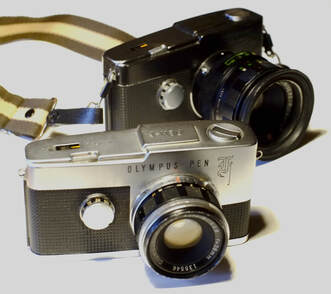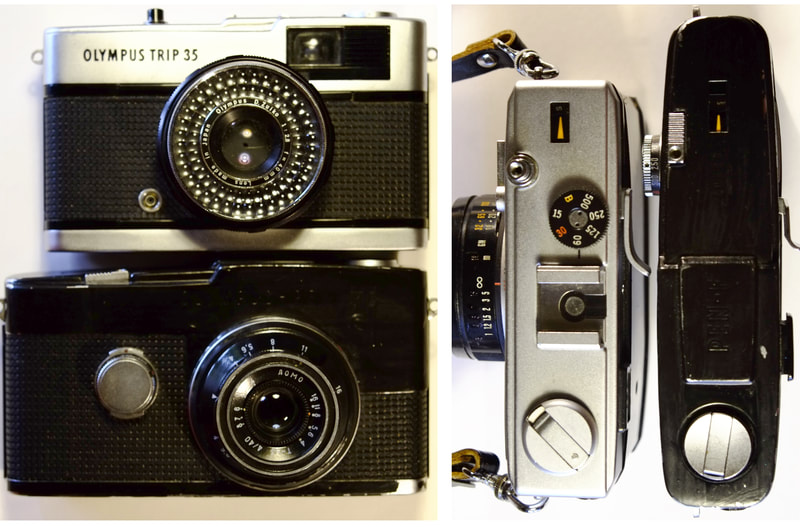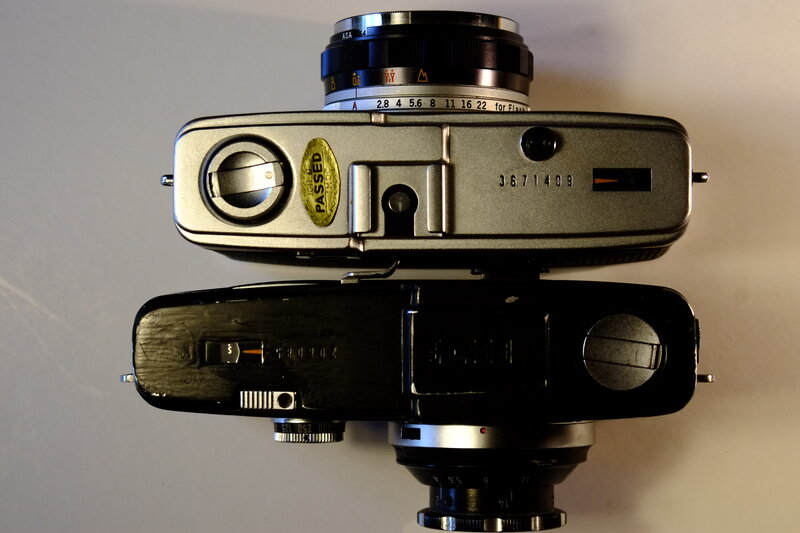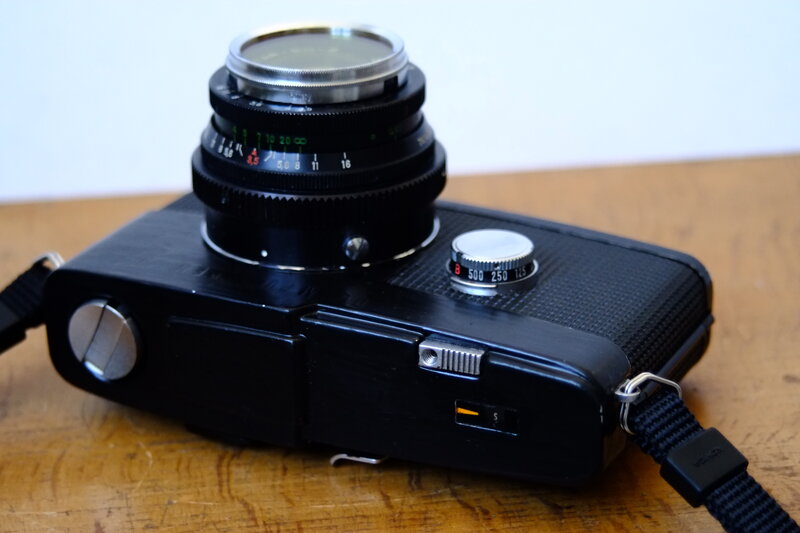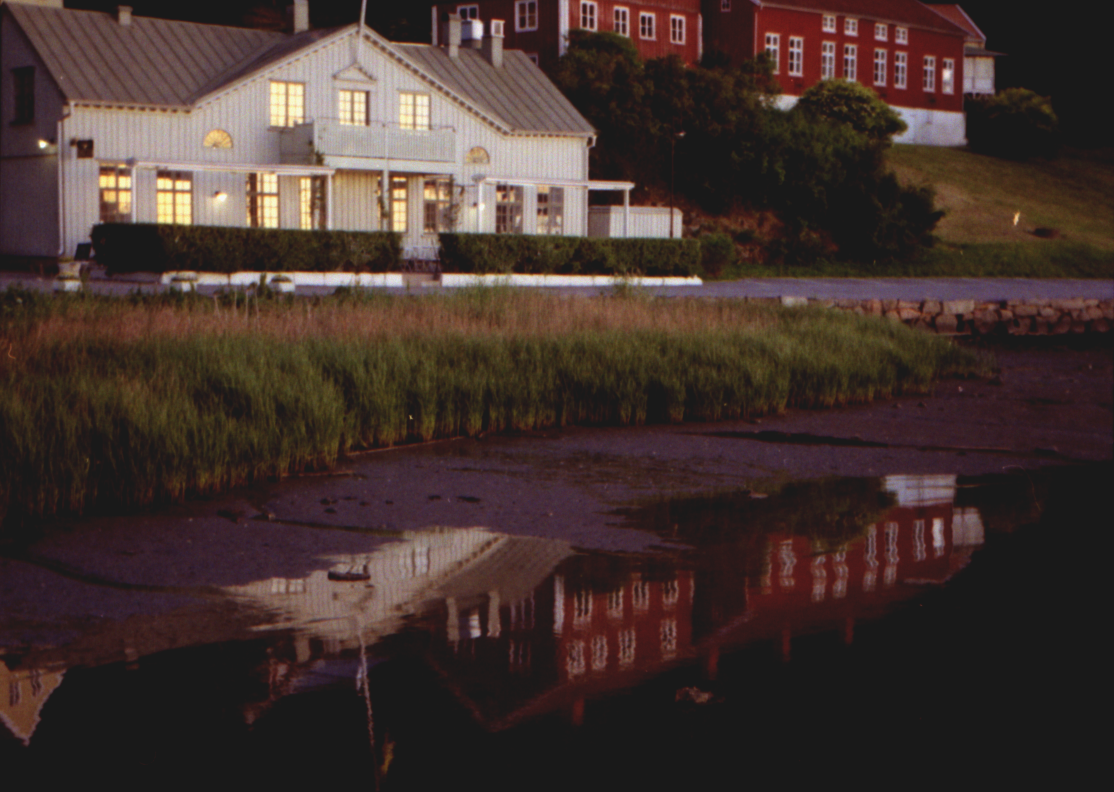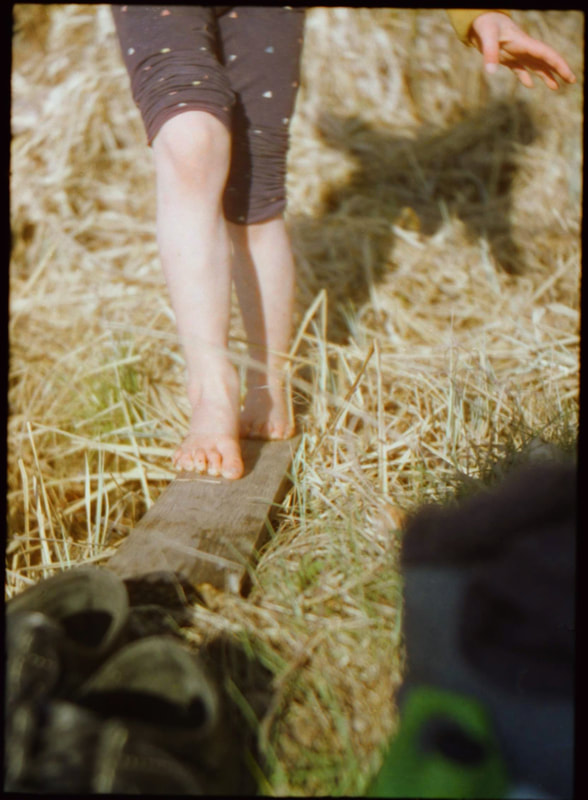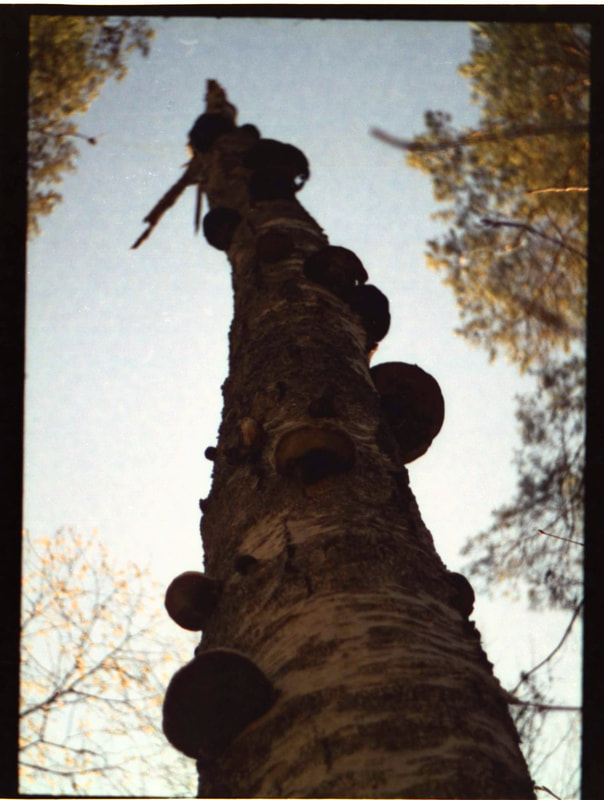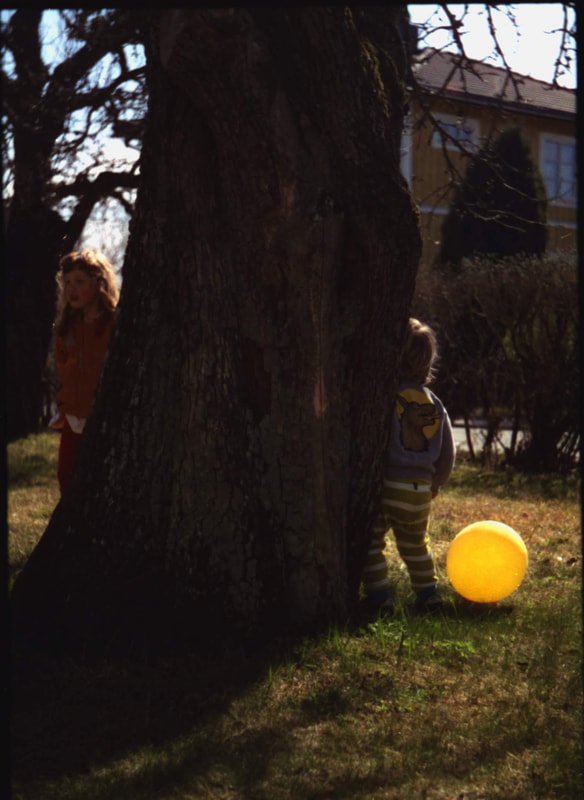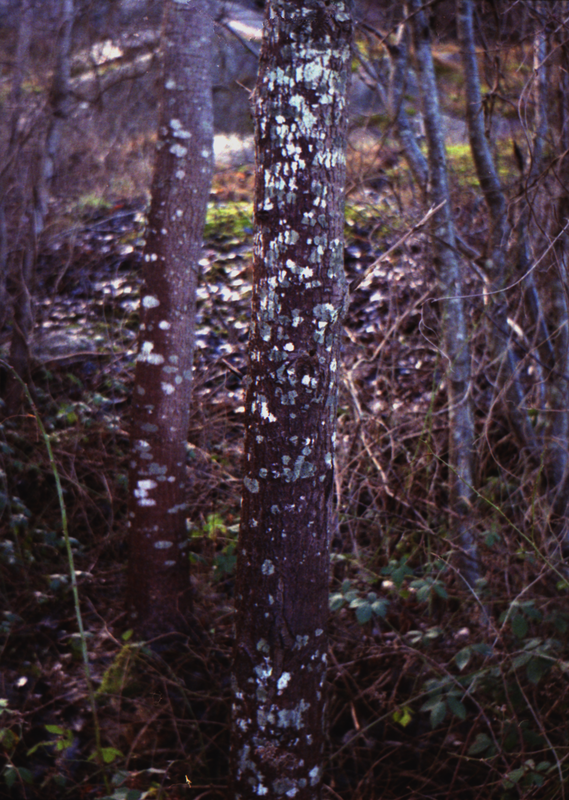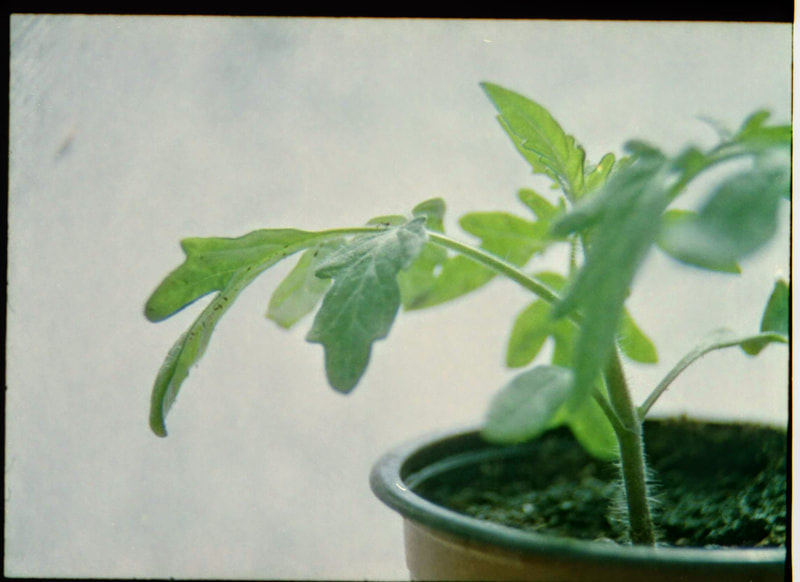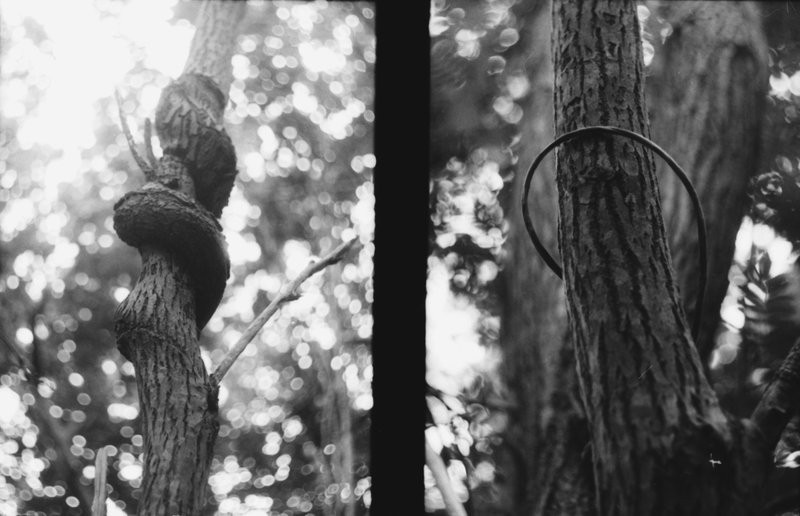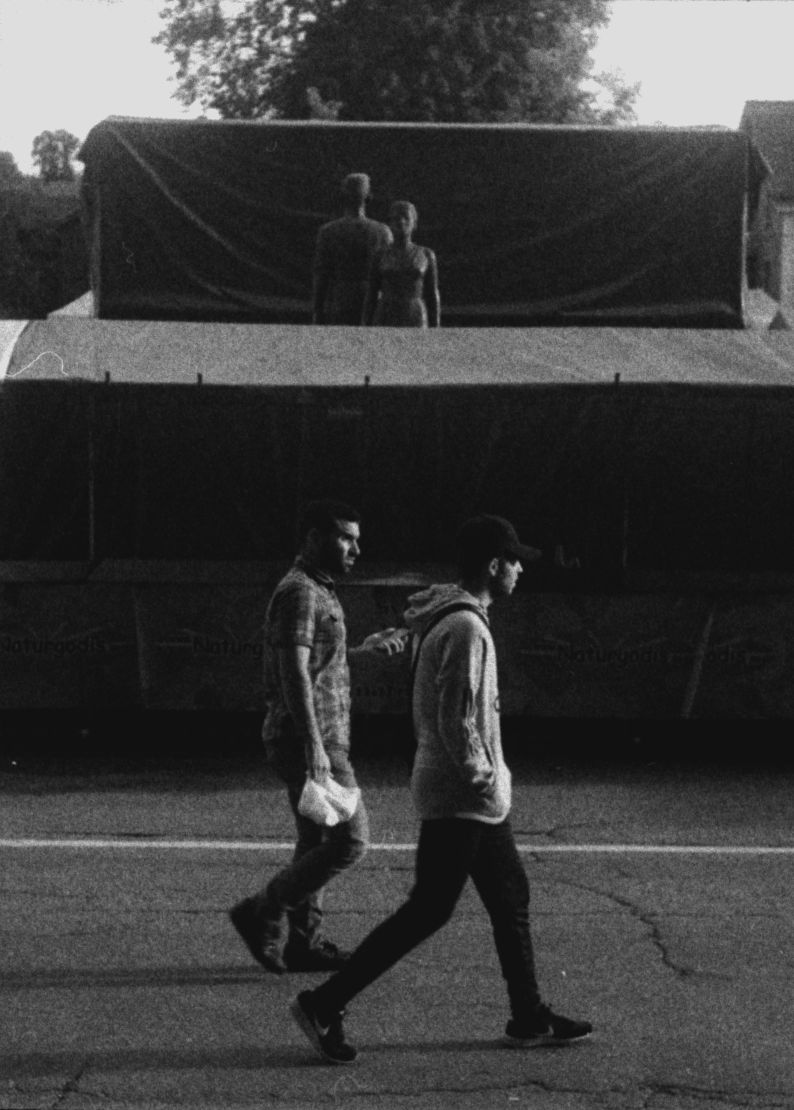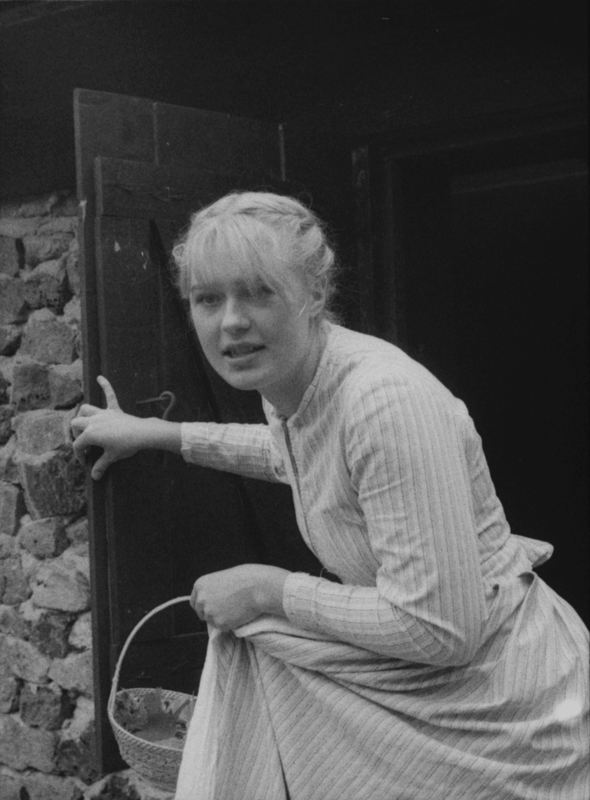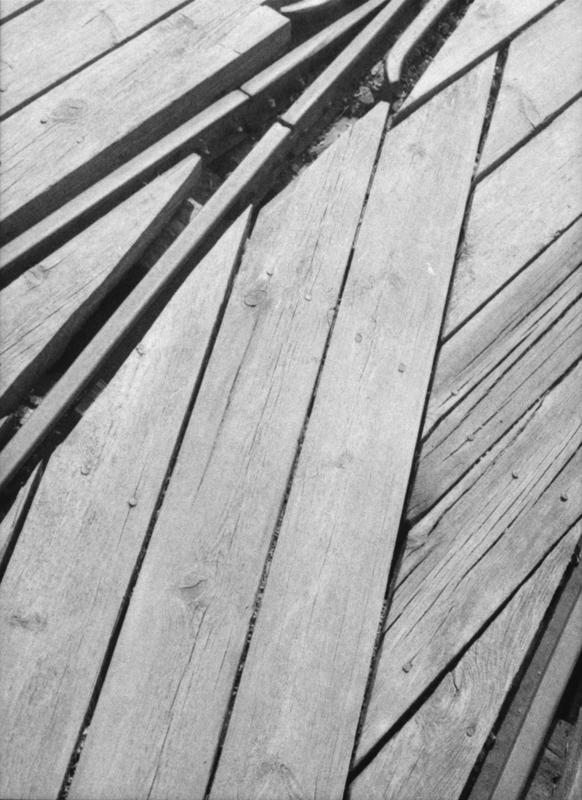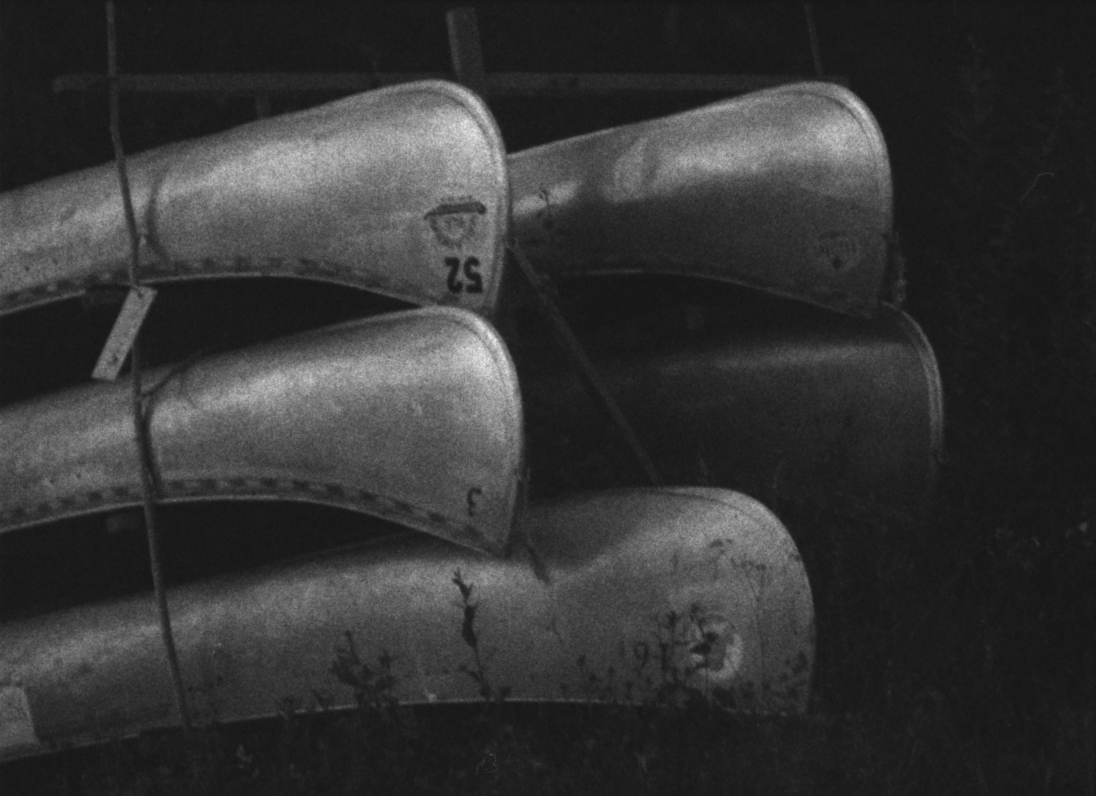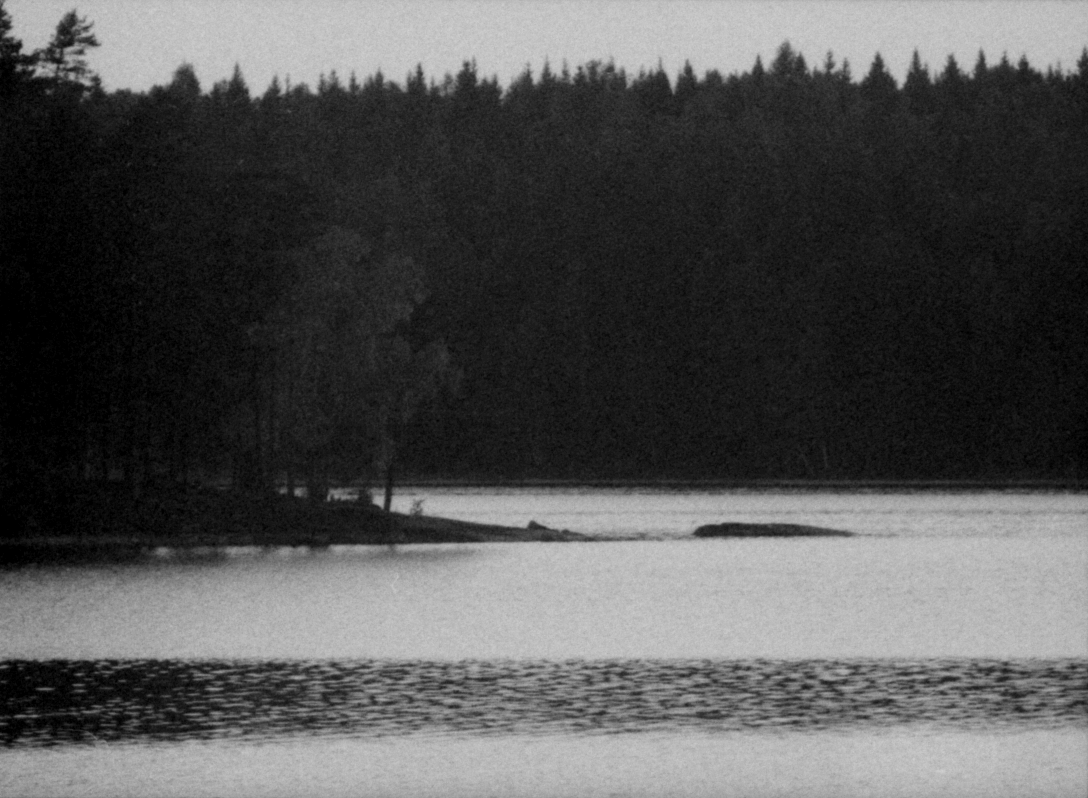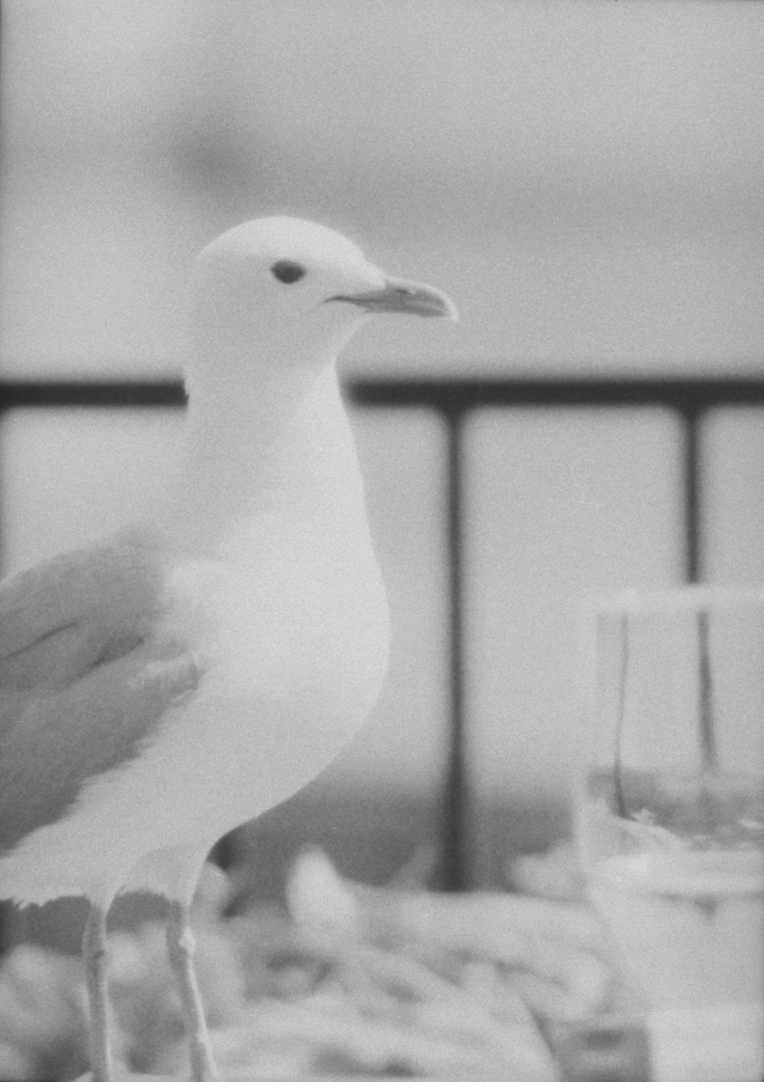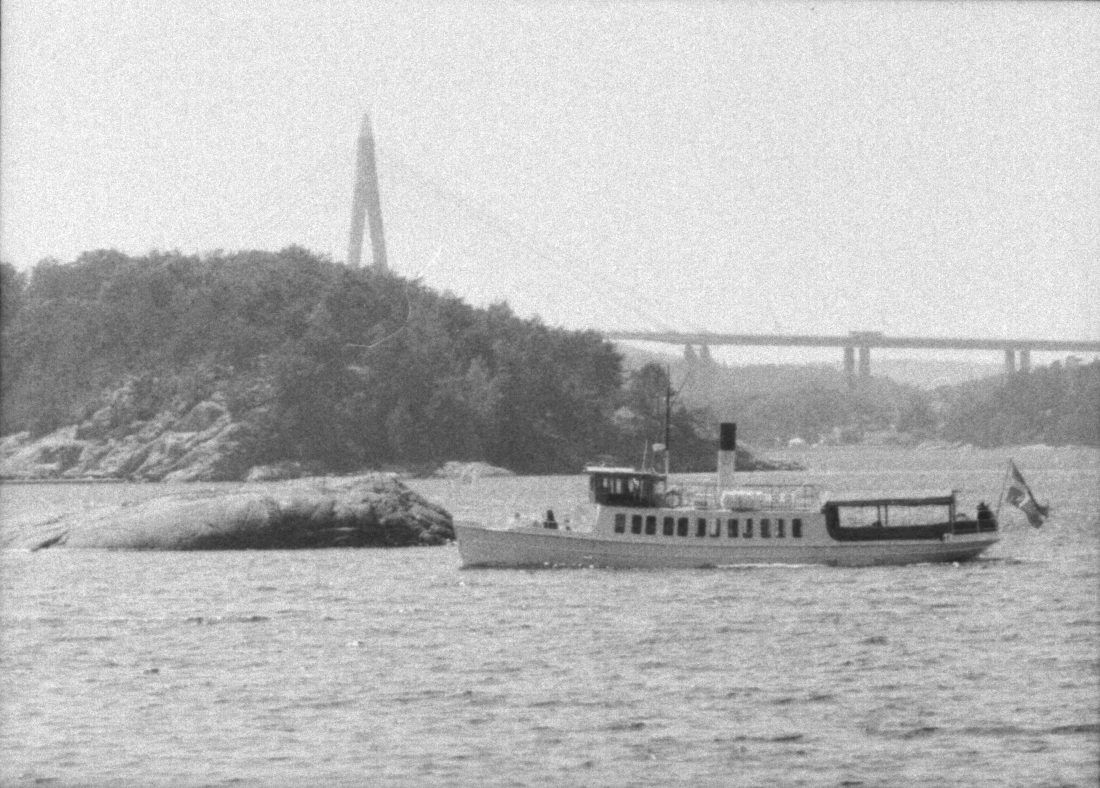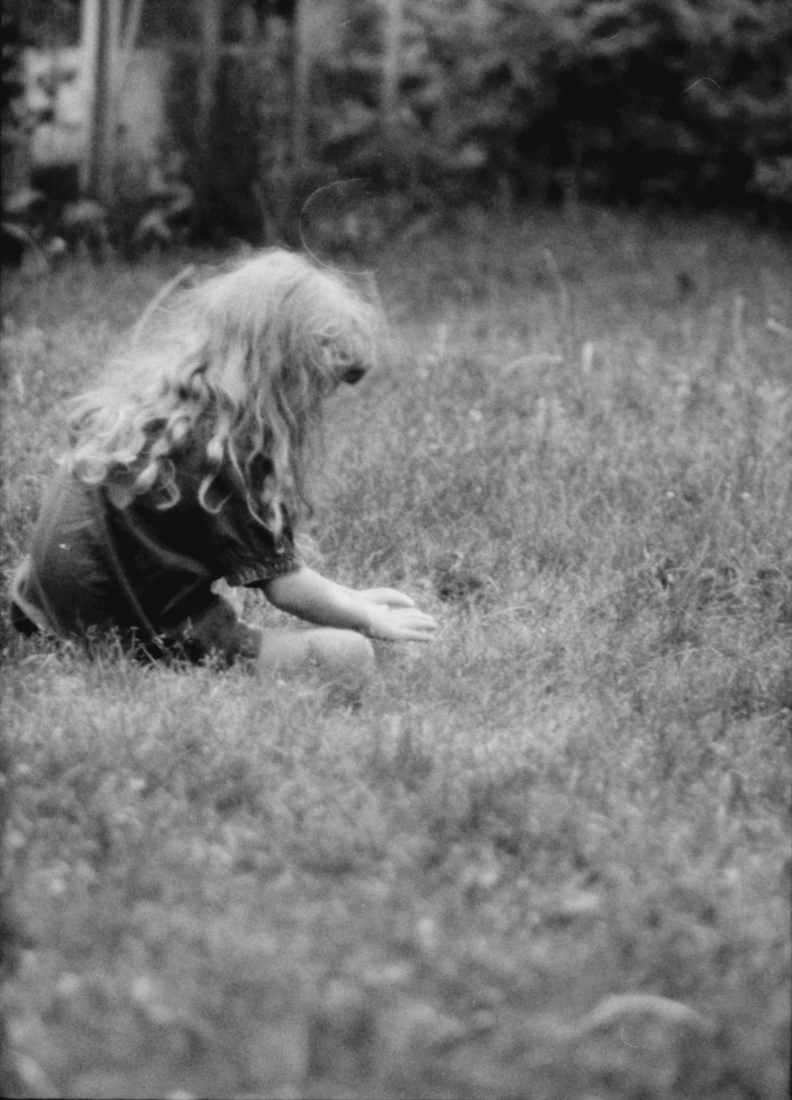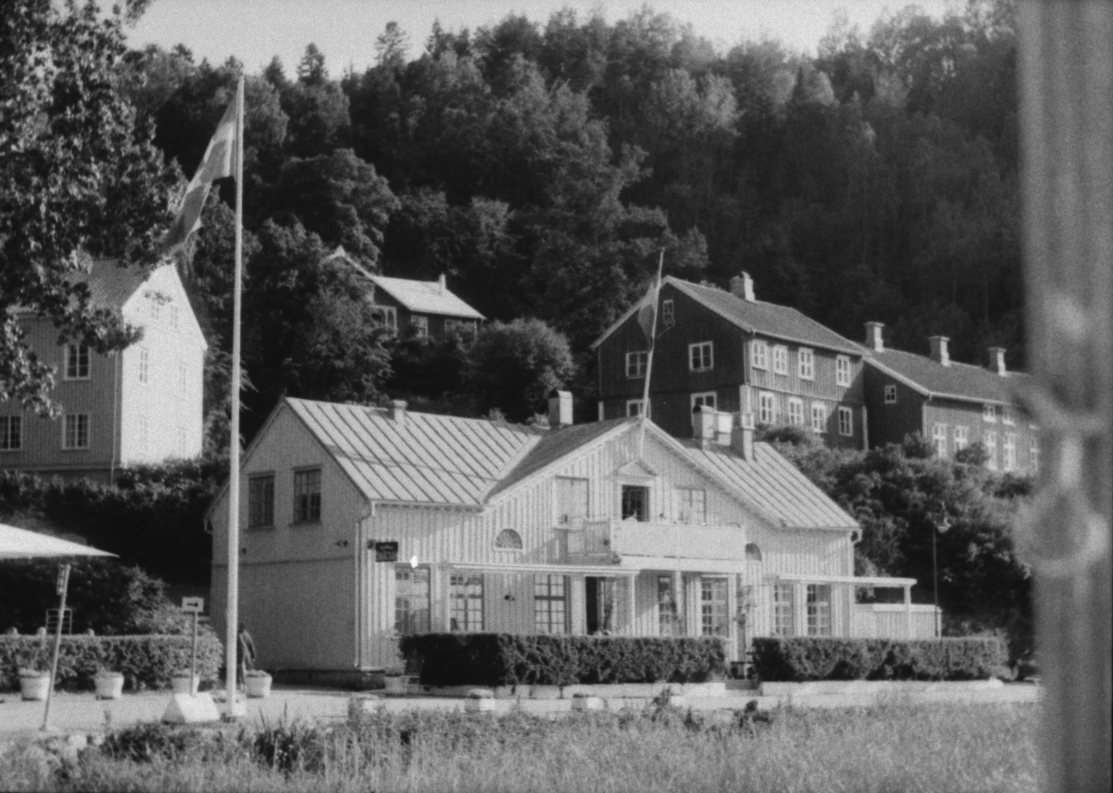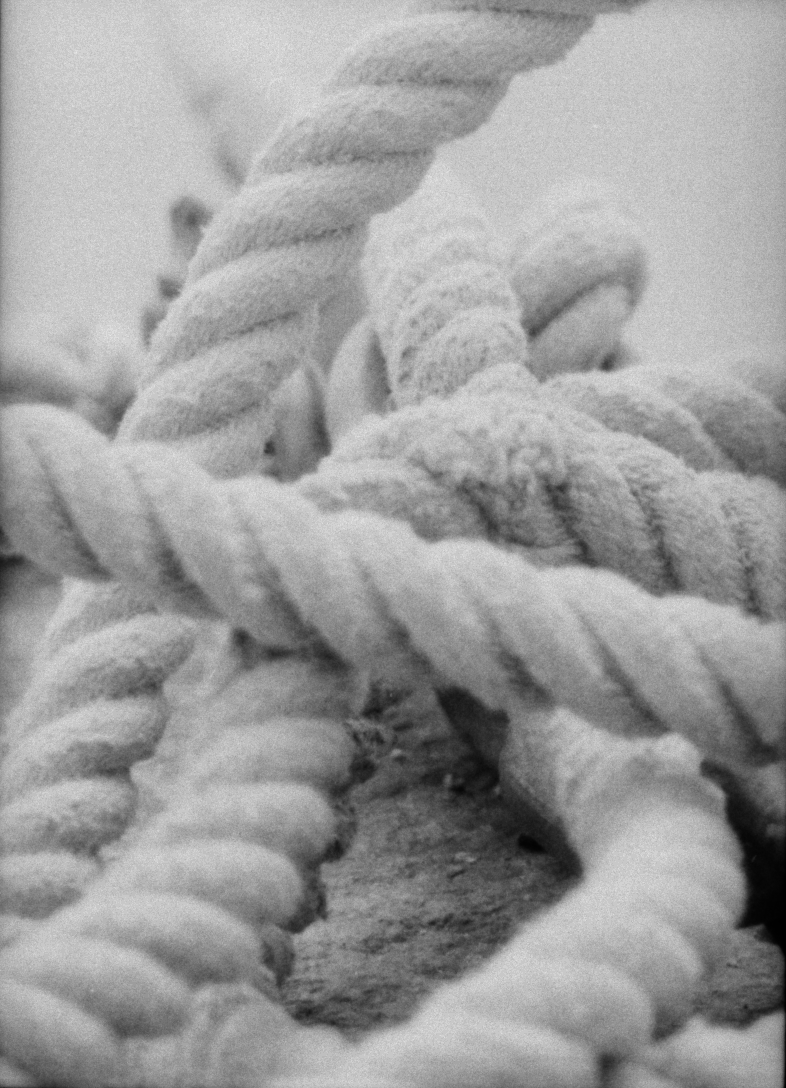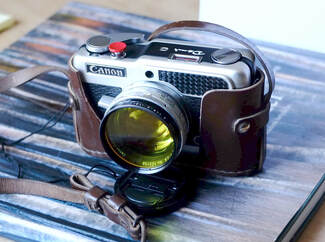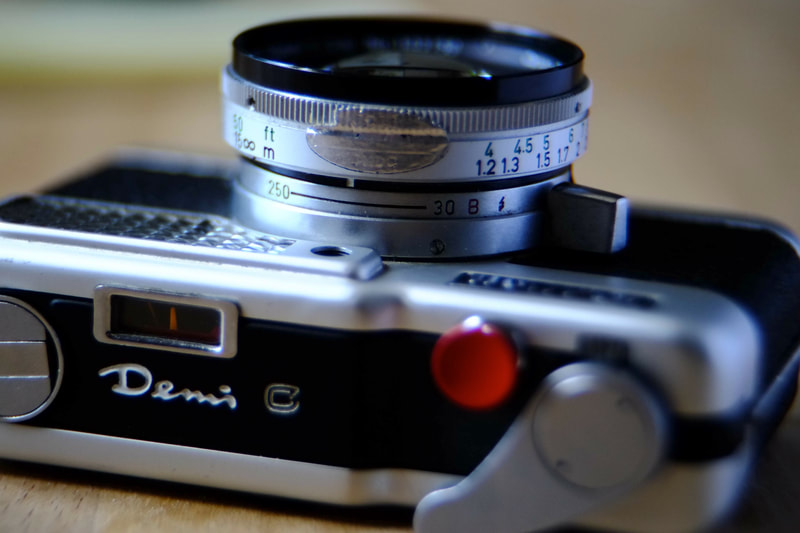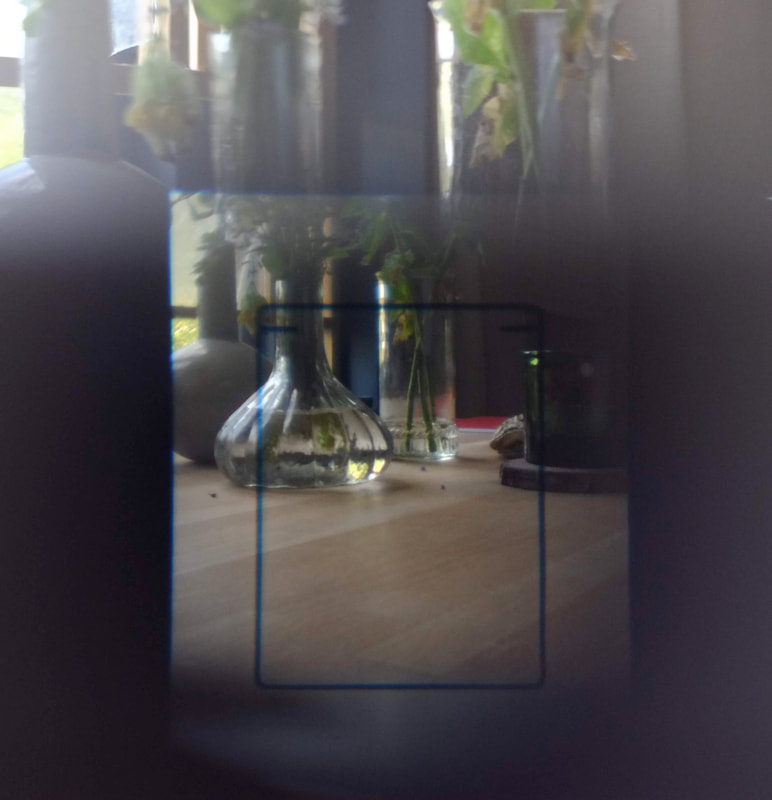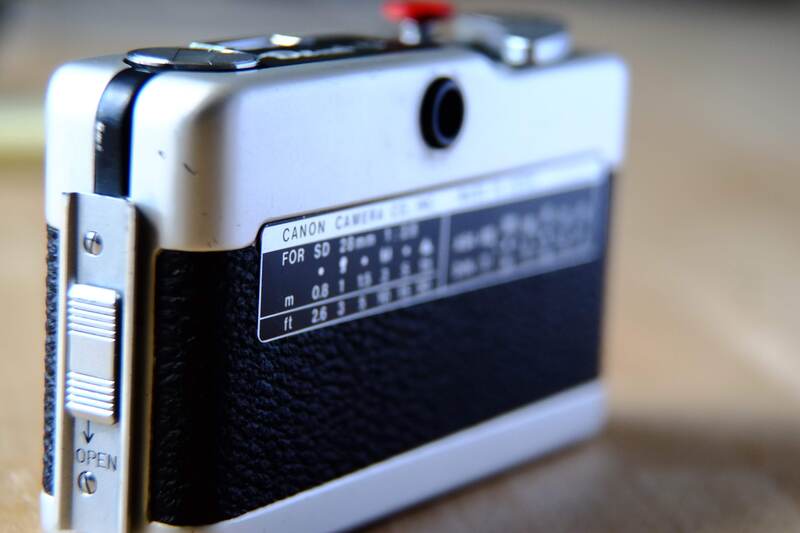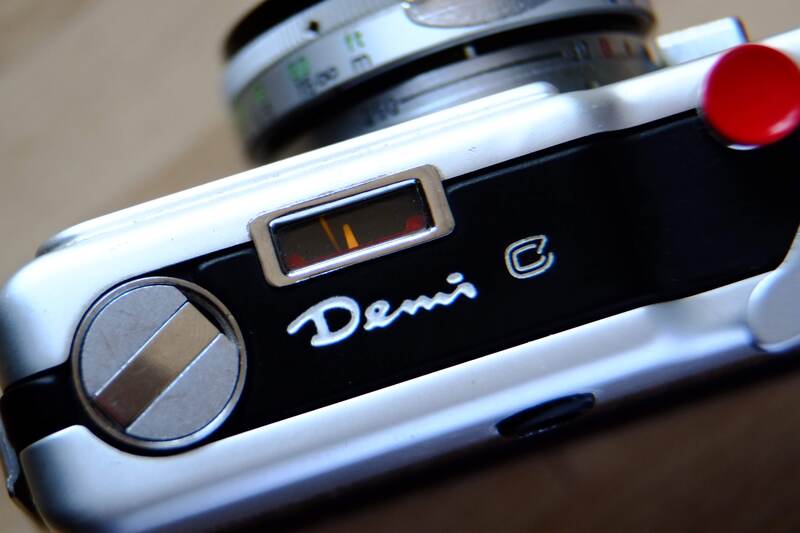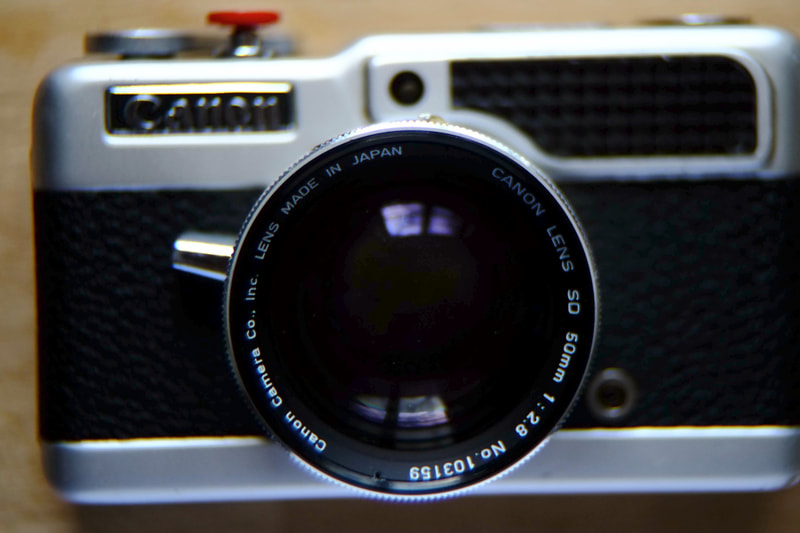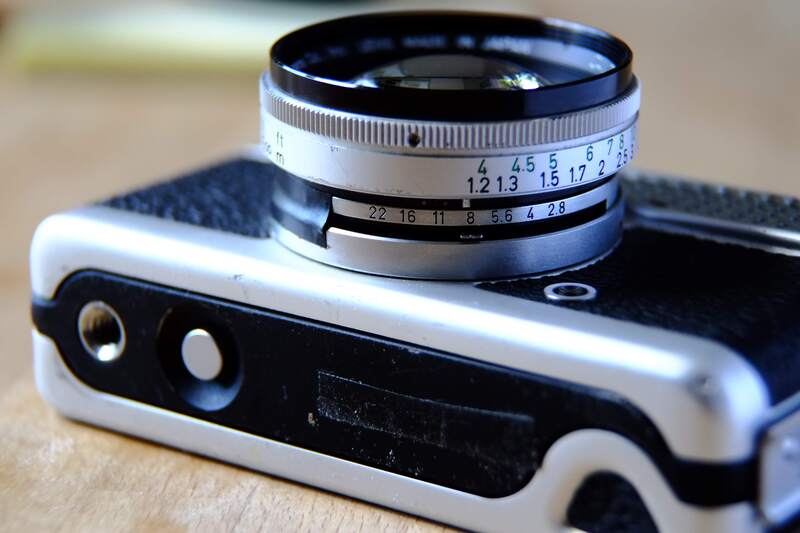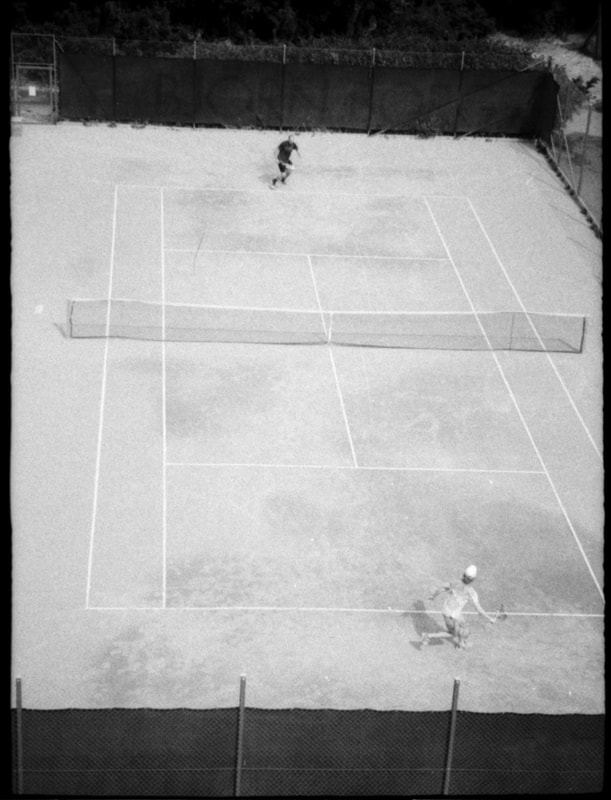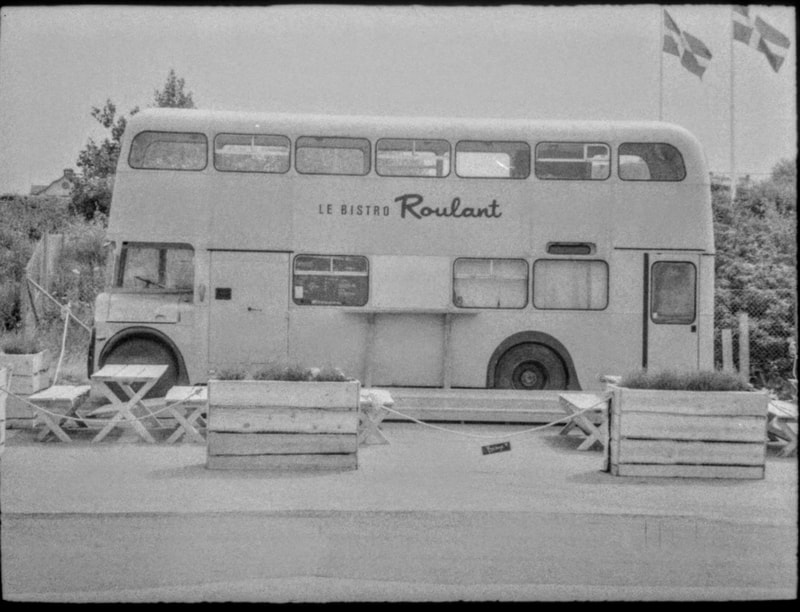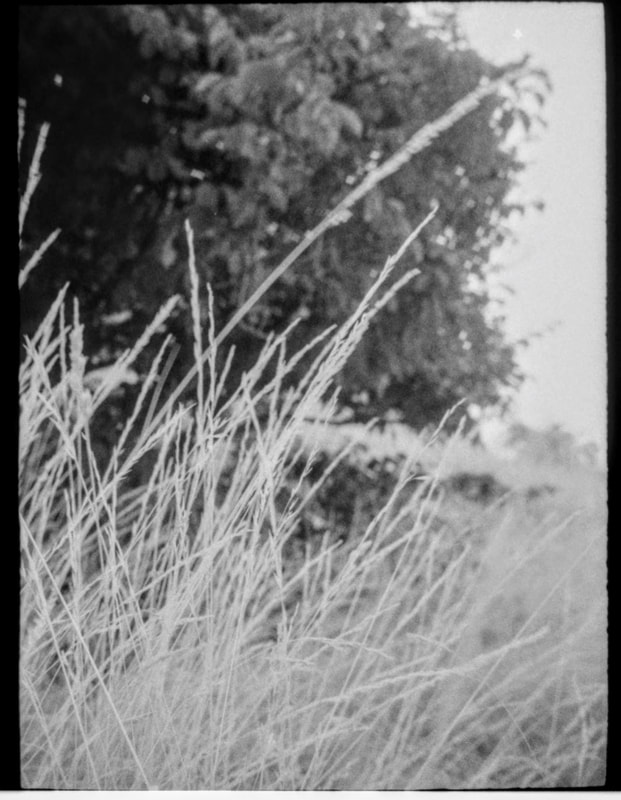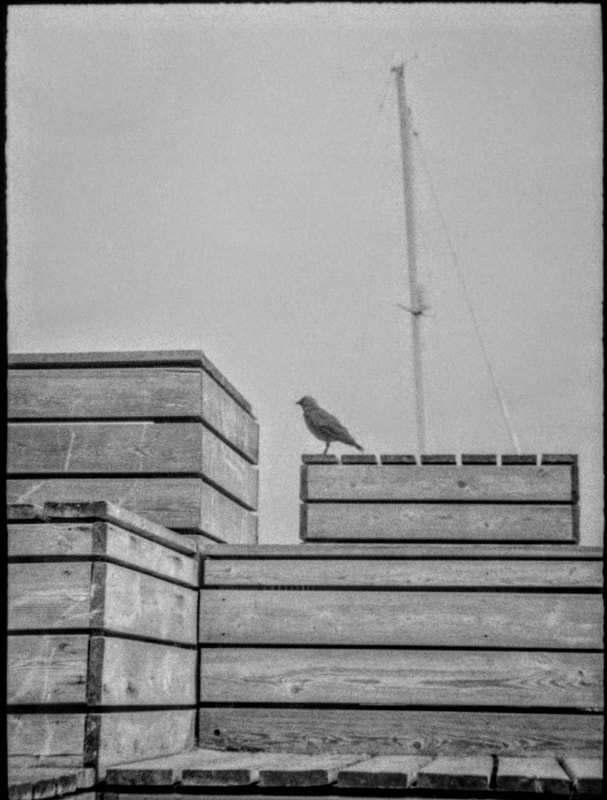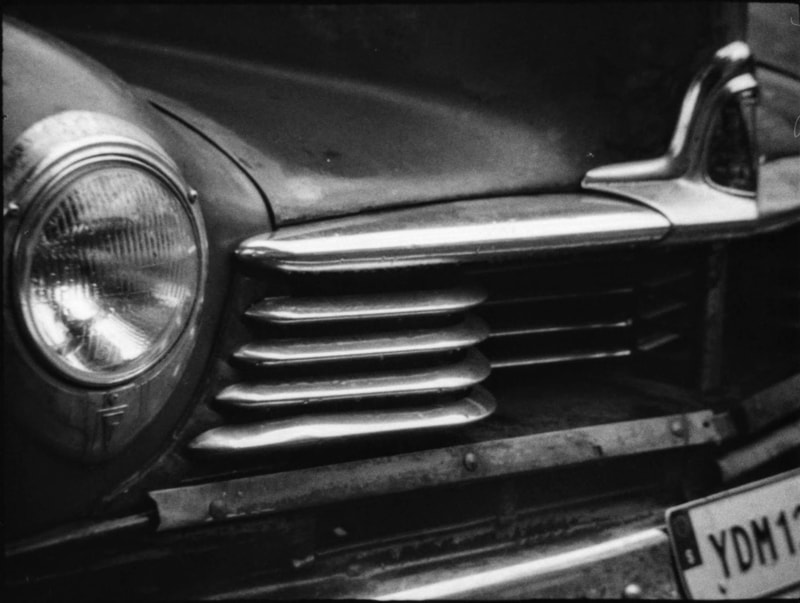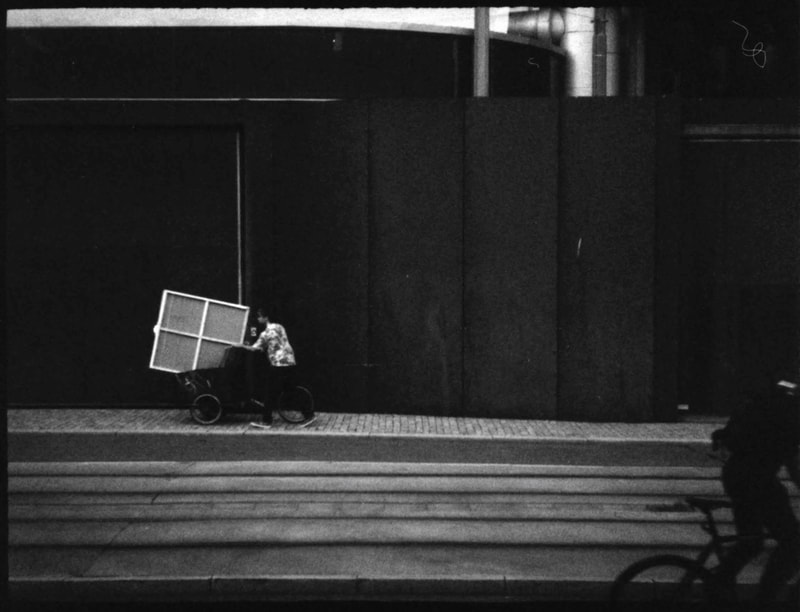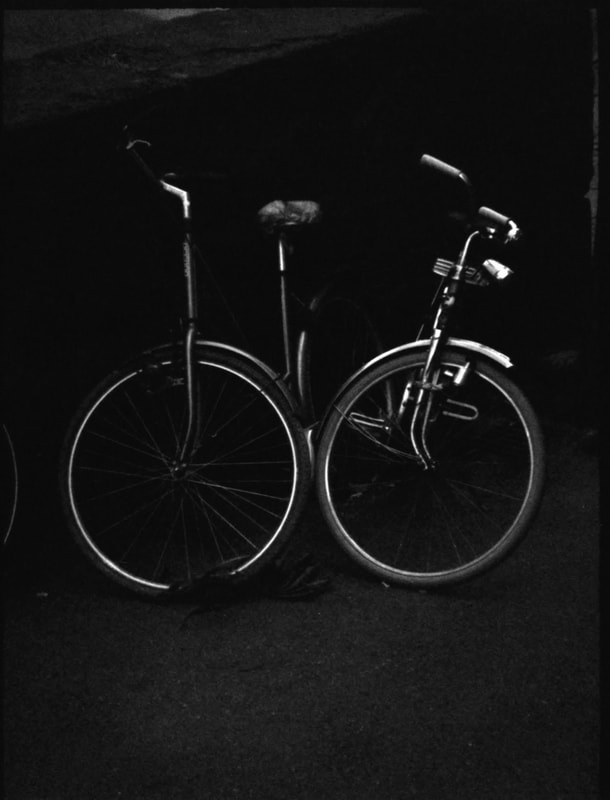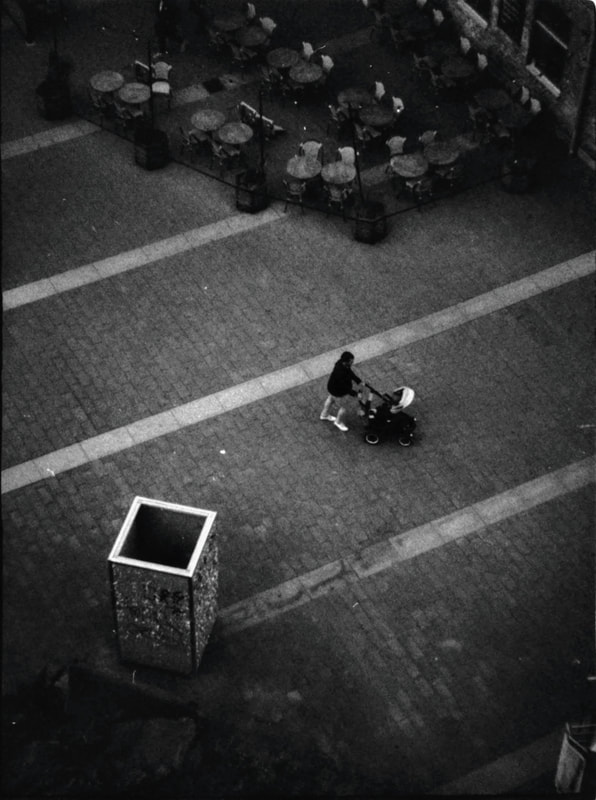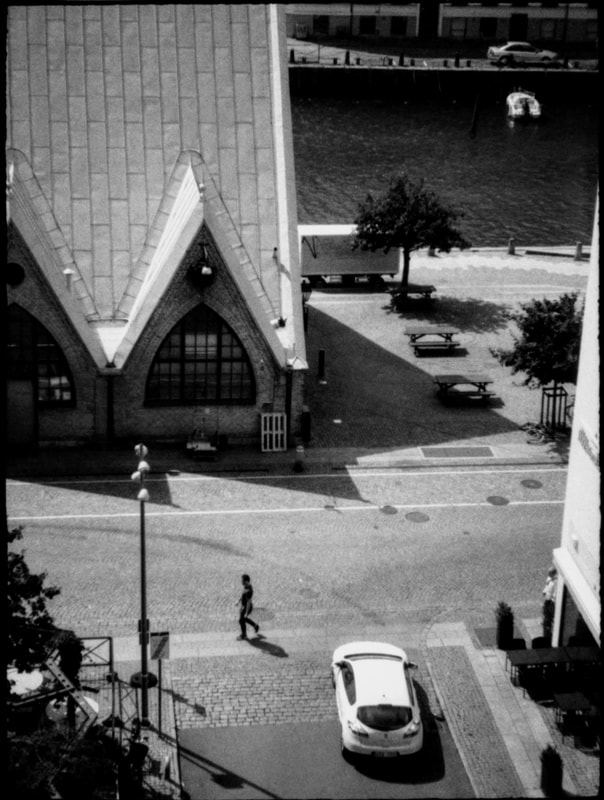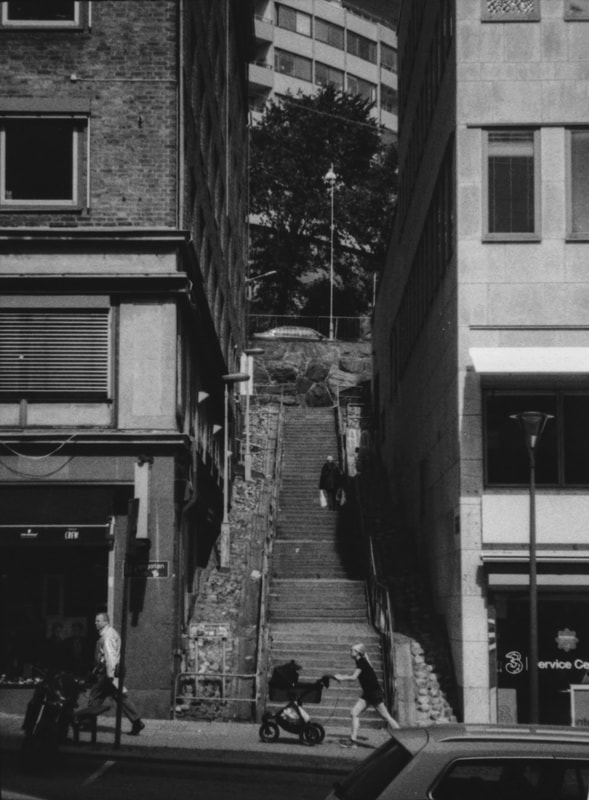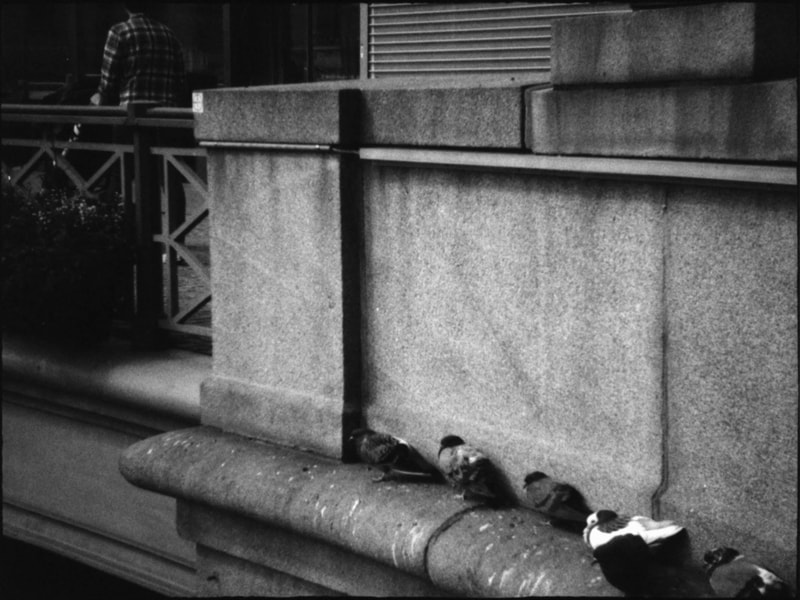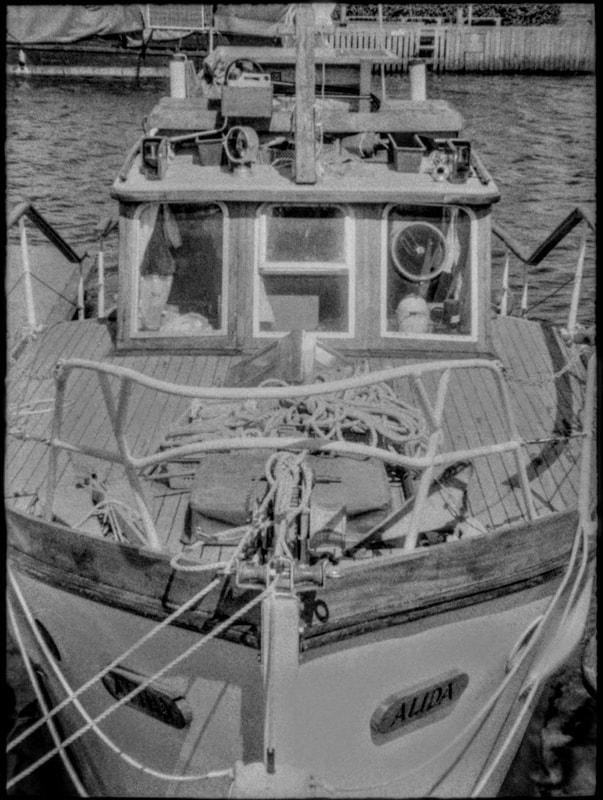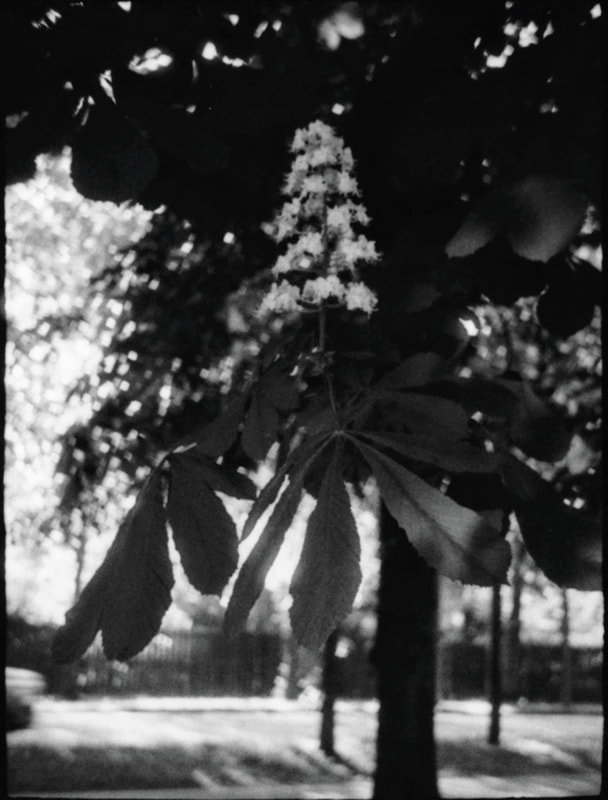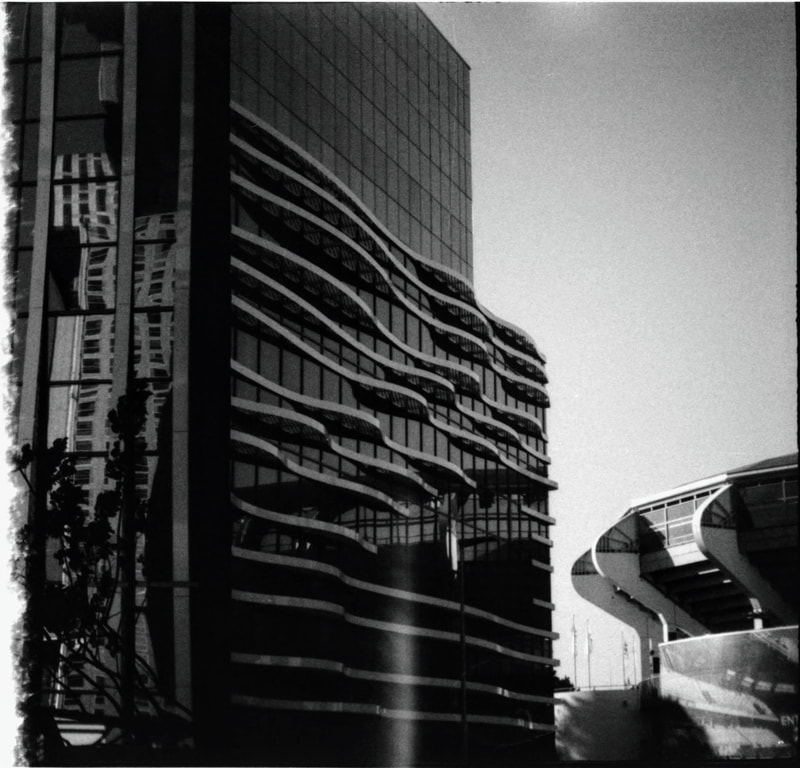|
First impressions All of a sudden it became an obsession. Well, it was essentially a practical solution. I needed a smaller SLR. And why not the half-frame one? I was used to the format from the Canon Demi and my digital Fujifilm X-Pro1 half-frame sensor camera. The first impression is of course the heaviness. It's all metal plus a large glass prism in the middle. I mean it's not super heavy but more so than an Olympus Trip or other fixed lens rangefinder cameras of the same size. And - like with stereo equipment - the heavier the higher the quality. I bought the body only. My intention was to use my M42 mount lenses which I already have for two full frame SLR:s. The adapter to fit the lenses actually cost half of what I paid for the camera body since there are only 1960s ones around (that aren't super bulky). But it is a blessing to be able to use all those intriguing lenses on my favorite cameras. Since I can't help tinkering with leftover stuff I now have two Pen F mount lenses as well. They were rescued from deceased fixed lens compact cameras and merged with Pen mounts. What I'm actually saying is I don't have any experience of using original Olympus Pen F lenses. This is my impressions of using the camera body only. Single Lens Reflex (SLR) I don't have a problem using rangefinder (or even viewfinder) cameras in the regard that I accept that I don't see "what the camera sees." I did have that issue for my first decade and a half as a photographer: In my mind SLR:s were the only way to photograph. Today alternating between the two types is seamless for me. The Pen F has a unique reflex system which is explained extensively elsewhere so I won't touch on that. What I can say is that the shutter is not quiet. It is quite a large sound for such a small camera. But it's not on par with the Chinon or Nikon F 'clacks.' The fact that the F is so small is truly liberating! The Pen F format's inherent quality is what it shares with the Leicas and other rangefinder systems - small size combined with the choice of lens. No other SLR can compete with that. And that's truly the unique selling point of this camera. Manual controls My F is the two stroke film advance version. I've now grown accustomed to the two strokes but it took me a while. (Actually it's two strokes and then a little nudge on my camera.) I did have some irritated moments when I missed opportunities because I hadn't advanced the film properly. The recessed position of the shutter button is really ingenious. It means that you can advance the film after each exposure and not risk having the shutter going off when the camera is in your bag. The shutter is controlled with the wheel situated on the front of the camera. Most SLR:s and high-end rangefinder cameras have the shutter control wheels on the top of the camera. This one offers shutter speeds from Bulb mode to 1/500th of a second. There is no ASA/ISO indicator on the camera. And that's it. Shutter speed + film advance. 'Nuff said.
Exposure and lenses What can I say. It's bare bone photography. You start with light metering. Then set the shutter and aperture. And: Expose! 'K-schkk!' The Pen F system contains a large number of lenses. Since I don't have experience using any of them you can find extensive info elsewhere. I you take into account adapters where you can affix lenses from other camera systems the options are infinite. That is - if adapters have been manufactured. In my research I've discovered adapters for Canon EOS, older Nikon, M42 screw mount, Canon FD and Olympus OM lenses. If you are overly curious like me you can make your own lenses with Pen F mounts using parts from adapters. My two mods for my F camera are made from a Lomo Smena camera paired with a Pen F mount from a microscope adapter and from a Voigtländer Vitessa 500 AE with a mount from a Pen F to Nikon adapter, respectively. You can read about the mods on my blog tobbetecknare.blogspot.se. I have to say that the finder isn't super bright and it is sometimes a bit tricky to nail the focus spot on. That said, my impression may depend on me using a number of lenses and not yet having stuck to a favorite one which I've gotten used to handling. Handling Again - the small size. The body is of similar size as those of the Olympus Pen EM or EED half frame cameras. And with a small original 38 mm lens or a modded one from a compact camera attached to it the F is entirely comparable with them. The grip is very good. I don't have particularly small hands but I would suspect that those of the readers with bigger hands would have trouble with the handling. The weight of the camera gives it a stability (some lenses attached double the weight) - it is not flimsy feeling at all. The shutter control could in theory be controlled with your index finger. But I think it's designed to be moved using both thumb and index finger. The Leica CL control (also positioned on the front of the body) is much easier to move with one finger. But then again the one on my Chinonflex has to be moved with both fingers. What matters is that after a while you get used to your camera you learn where everything is situated and don't have to lift your eye from the viewfinder to make adjustments to exposure controls, be it with one or two fingers. Lasting impressions Love. I love using my Pen F. The bare bones functions and the 72 pictures per roll are right up my alley when it comes to my philosophy concerning photography: I control the parameters of the exposure and I have a lot of chances to compose the pictures that speak to me. If you are interested in purchasing an Olympus Pen F please use this eBay link to help support HFC
2 Comments
Background and first impressions This camera sure looks like a child of its times, designed in strict graphic patterns but rounded off by soft curved lines. It was released in 1965, one sibling in the Demi family of cameras. But it was an odd bird there, and in the world of compact cameras as a whole. The singular reason for the camera being an exception is the fact that you can use two lenses. One is a 28 mm f:2.8 - which since this is a half-frame camera equals a 42 mm image as projected on a full frame film - and one a 50 mm f:2.8 (≈75 mm). Having the option to switch between lenses on a very compact half-frame camera was unique - not like today. I felt that this camera would be great for me, particularly since I had grown tired of lugging a heavy camera with a large lens when I wanted to take tele pictures. The Demi C 'tele 75 mm' lens surely is small. Hence, since my interest in this camera was to use the tele, this review is mainly based on my using it with the 50 mm lens. Some would argue that 75 mm isn't a tele lens but a 'portrait' lens. I'm fine with that. The way I use it is to narrow down/minimize the image more than my usual compact cameras 50 or 45 mm lenses do. Viewfinder The viewfinder is surprisingly bright and large with the 42 mm picture filling the finder while the 75 mm picture size is articulated with a grey square in the middle. The frame is positioned standing in vertical "portrait", like in most half frame cameras. Focus, aperture and shutter Unfortunately the Demi C is not equipped with a rangefinder, so focusing is done depending on the photographer's preferences. The focus ring shows the distance in meters and feet. It is important to not confuse the marking indicating the focus distance with the one marking shutter time. I added my own reminder with a sharpie pen. There are no aperture blades placed in the detachable lenses, like in all other non-bellow cameras that I know of. Instead shutter and aperture blades are placed in the camera body, where the lens is mounted. This is because of the rather original exposure control of the camera. You can manually set the aperture with a control on the underside of the lens housing. The exposure will be automatically set to 1/30th of a second. This is the camera's flash mode - similar to how it works on lots of other cameras. This aperture scale is also a visual aid when in shutter speed priority mode you turn the exposure control ring between 1/30th and 1/250th of a second. Exposure system The camera has a special system. Based on which shutter speed you choose when you turn the exposure control ring (1/30th to 1/250th of a second) the exposure system adjusts the aperture accordingly. To set exposure "correctly" you align the exposure control needle of the light meter display - placed on the top of the camera - to the one of the light meter by turning this ring. There is the very common manual override option as well: Set exposure to B (bulb) mode and choose the aperture of your choice by moving the peg on the underside of the lens. Lenses I would say that the 50 mm lens is as good as any - if not better - compact camera lenses. I always compare to Olympus XA and RC which are outstanding lenses for such small cameras. And the 50 mm Demi C lens is not far behind, considering its half-frame projection size. The 28 mm Demi C lens hasn't been used on the camera. However I've used it on my digital Fujifilm X-Pro1 after some modding to make it fit a M39 adapter. The pictures are as good as you'd expect from an experiment as this. Focus is good, apart from being off at the edges - an effect occurring in this situation but not when used as intended, from what I gather from other users. Also on the X-Pro the lens is fully open since the aperture blades are situated in the Demi C body. Handling The camera is small; the shutter is very silent (and there is a nice ringing tone emanating from some spring inside); the lens with the big glass appears to strangers to be a wide angle but is the opposite; it fits in a coat pocket (the lens protrudes 3 centimeters from the body - how's that for a tele lens!). Downside So - size, appearance, framing are great. But there are annoying things. And they are design related. First: The focus ring, at least on my specimen, is too loose. So, when taking pictures using zone focusing one still always has to keep an eye on the focus setting since it slowly glides out of place. Second: The ASA setting ring is aligned to the shutter speed control ring. But when turning the shutter speed ring the ASA ring most often has more resistance and "clicks" out of place. Yes, I've tried lubing it, to no avail. So the solution is to use electrical tape to keep the rings in sync. Not very pretty. Third: As there are no strap lugs on the Demi C it has to be carried upside down on a strap screwed on to the tripod mount. Or you need to come up with your own solution. I use a halfcase which I got from a Smena 8 camera, if I remember correctly. Lasting impressions
It's great to have a very compact interchangeable lens camera. Later compacts would of course feature motor zooms, but where's the sport in that? Well, at least for me this is the perfect tele photo kit even though the exposure system is a bit too 'automatic' for my overly analog tastes. But I can live with that when the resulting pictures are as nice as this. Thanks for reading! Visit my camera shop at Etsy https://www.etsy.com/se-en/shop/getOurBooks/ and my blog at tobbetecknare.blogspot.se and @flashknappen at Instagram |
Archives |
